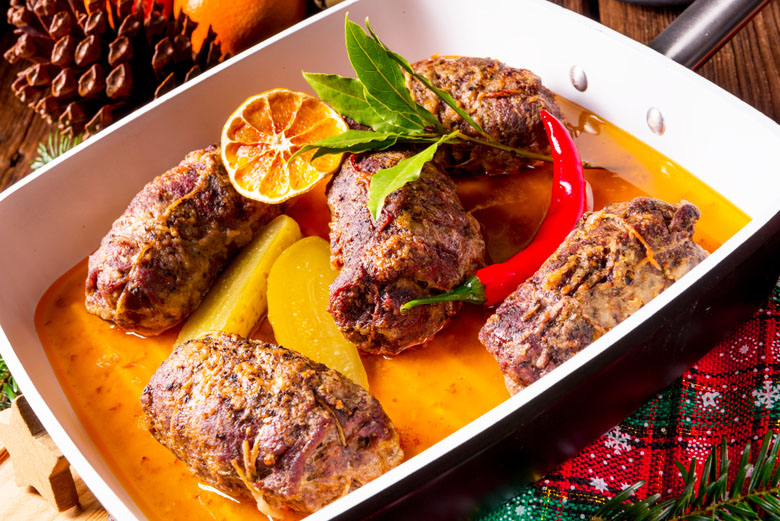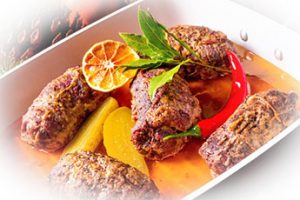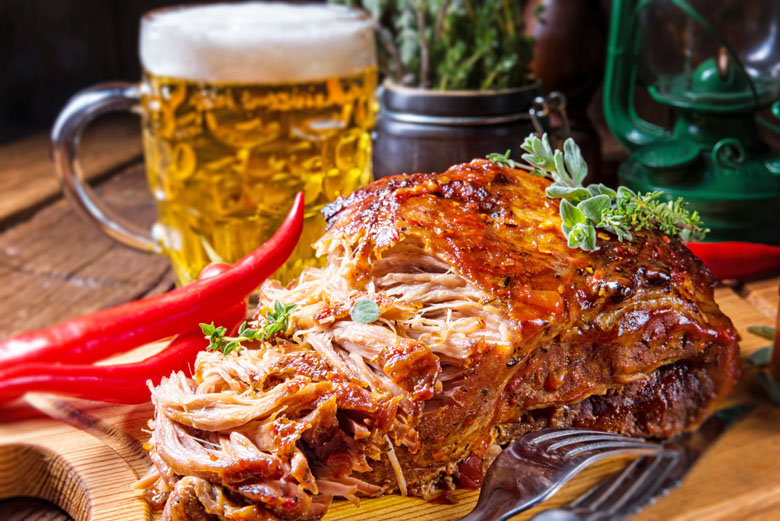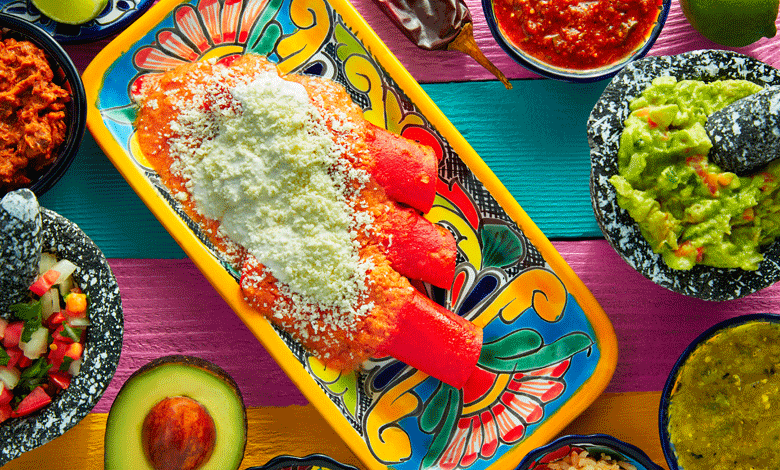 Gentle Warmth
Gentle Warmth
In the vibrant world of chilli peppers, where fiery habaneros and scorching ghost peppers often steal the spotlight, there’s a humble hero that deserves more recognition: the jalapeno. Often misunderstood and unfairly labelled as too hot to handle, this green gem of Mexican cuisine has a secret – it’s actually quite mild. But don’t let its gentle nature fool you; what the jalapeno lacks in overwhelming heat, it more than makes up for in flavour, versatility, and culinary charm. Be it in a salsa, guacamole or muddled into your favourite drink , this chilli never ceases to impress
 Contrary to popular belief, the humble jalapeno isn’t the fire-breathing dragon of the chilli world. On the Scoville scale, jalapenos rank relatively low, offering a gentle warmth rather than a scorching blast. With a heat range of 2,500 to 8,000 Scoville Heat Units (SHU), jalapenos pale in comparison to their spicier cousins like the habanero or ghost pepper.
Contrary to popular belief, the humble jalapeno isn’t the fire-breathing dragon of the chilli world. On the Scoville scale, jalapenos rank relatively low, offering a gentle warmth rather than a scorching blast. With a heat range of 2,500 to 8,000 Scoville Heat Units (SHU), jalapenos pale in comparison to their spicier cousins like the habanero or ghost pepper.
Interestingly, the heat level of jalapenos can vary based on growing conditions and maturity. Stress, such as lack of water, can increase capsaicin production, making some jalapenos spicier than others. However, even at their hottest, they’re still considered mild by chilli pepper standards.
This post is a celebration of the jalapeno, an ode to its subtle complexity and an invitation to explore its delightful duality. We’re doubling down on jalapenos, not to create an inferno on your plate, but to unveil the layers of taste that emerge when you let this pepper shine. So, whether you’re a spice novice or a seasoned chilli enthusiast, join us as we delve into the world of “Jalapeno Jalapeno” – where mild truly meets mild, and culinary magic happens.

 How Chillies are used in North America
How Chillies are used in North America

 staples of French cuisine, enjoyed in both home kitchens and upscale restaurants.
staples of French cuisine, enjoyed in both home kitchens and upscale restaurants.
 European settlers arrived in the Southern colonies, they encountered these cooking methods and adapted them to their own tastes and ingredients, resulting in the distinctive style of American barbecue that we know today.
European settlers arrived in the Southern colonies, they encountered these cooking methods and adapted them to their own tastes and ingredients, resulting in the distinctive style of American barbecue that we know today.